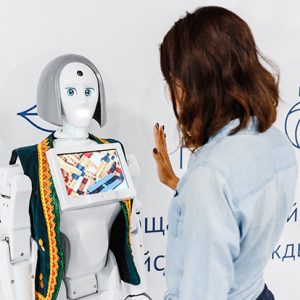
‘Distraction’ is simply a state of mind which is recognizably volatile as the area of ‘interest’ isn’t interesting enough anymore. Contrary to widely held belief, it is neither age specific nor vocation dependent. Distraction is a derivative of both a relatively short attention span and lack of an atmosphere of active learning. It’s imperative to facilitate an environment conducive not only for higher order thinking but also deeper levels of engagement.
Research proves that weaving conceptual and abstract knowledge with practical hands on activities aide better learner engagement and hence better learning. These are a few effective strategies that can facilitate comprehension through fluidity of thought and action:
1. Snap-on cubes which can be connected on all the six sides. Useful for teaching area, perimeter, multiplication, odd and even numbers, algebra etc.
2. Work Experience and Student Clubs hands-on activities ranging from Journalism (English), Creative Arts (Theatre, Painting) to Robotics.
One of the most important prerequisites is to leverage student engagement over theoretical learning outcomes. For instance, there are tools that refine each student’s observational skills, build confidence, and fortify the existing curricular concepts. They incorporate student kits where they create their products and device conceptual knowledge in a creatively flipped manner. ‘Learning by doing’ is what promises student involvement and deeper scholarship.
Kids need to be directed yet not dictated, motivated yet not overvalued, provided yet not indulged. In its entirety, a student needs to know that he is an active participator rather than a passive fence sitter. Distraction can’t be presupposed as behavioral in nature. It needs to be dealt with re-defining novelty in academics through comprehension, engrossment and contribution.




further engagement of students based on activities, doing activities has low chance of distraction.